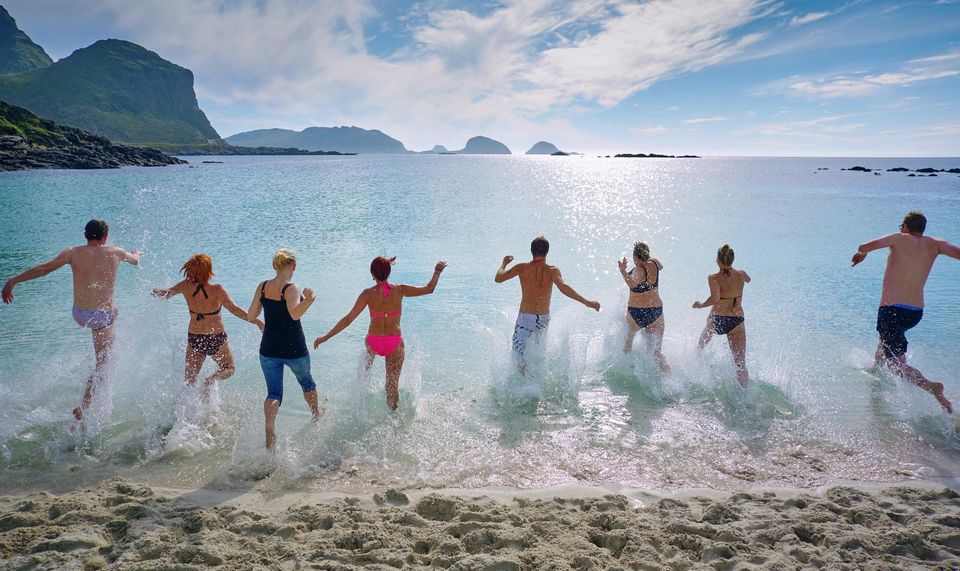Our Sunscreen Story
Badger began making mineral sunscreens in 2005 when one of our employees was diagnosed with skin cancer. At that time, most commercial sunscreens were oxybenzone-based, a chemical with human health concerns. We didn’t want anyone to choose between protecting themselves from the sun and protecting themselves from their sunscreen, so we focused on making the simplest and safest sunscreen we could imagine.
Many of our sunscreens contain fewer than five food-grade organic ingredients with the mineral zinc oxide as the only active ingredient. We have set the standard in safe organic sunscreens for people and the planet, and we continue to lead the way in safety through our formulating, efficacy testing, ingredient sourcing, and small-batch manufacturing.
Zinc oxide is the safest and most effective sunscreen ingredient and is one of only two active sunscreen ingredients that the FDA considers GRASE (generally recognized as safe and effective). It is a powdered mineral that sits on top of your skin scattering and absorbing UVA and UVB rays. Badger uses uncoated purified pharmaceutical-grade zinc oxide in all our sunscreens.
Did you know that somewhere between 6,000 and 14,000 tons of sunscreen washes off swimmers, scuba divers, and snorkelers and into coral reef environments each year?
Common sunscreen ingredients, including oxybenzone and octinoxate, have been shown to kill or bleach coral at extremely low concentrations (as little as one drop in an area equal to six and a half Olympicsized swimming pools). Because of this, up to 10% of the world’s coral reefs may be threatened by these sunscreen chemicals. Reef safety has been in the news, and as places such as Hawaii, Key West, Palau, and the U.S. Virgin Islands ban sunscreens containing ingredients that harm coral, more and more people are seeking safer products for themselves and coral reefs. Badger sunscreens are reef-friendly and tested biodegradable – the safest choice for people and the planet.
Here’s how to tell if a sunscreen is safe for coral reefs:
- Read your sunscreen label: While many products are labeled “reef safe” and “reef friendly,”these claims are unregulated. We recommend that you read the ingredients and judge for yourself.
- Choose mineral: Look for a sunscreen with only mineral active ingredients,such as zinc oxide or titanium dioxide, since they are the only active sunscreen ingredients generally recognized as safe by the FDA and often required when visiting sensitive marine environments.
- Skip the chemicals: Avoid oxybenzone and octinoxate and other ingredients that may harm coral.
- Use a water-resistant sunscreen: It will be more likely to stay on your skin instead of washing off in the water.
- Look for biodegradable sunscreens: They have been tested to ensure that the product will break down in marine environments.
- Cover up: Before reaching for your sunscreen, cover up by wearing a hat,sunglasses, and a shirt or rash guard and seeking shade during peak sun hours.These steps can also help reduce the amount of sunscreen you need to apply and reapply.










